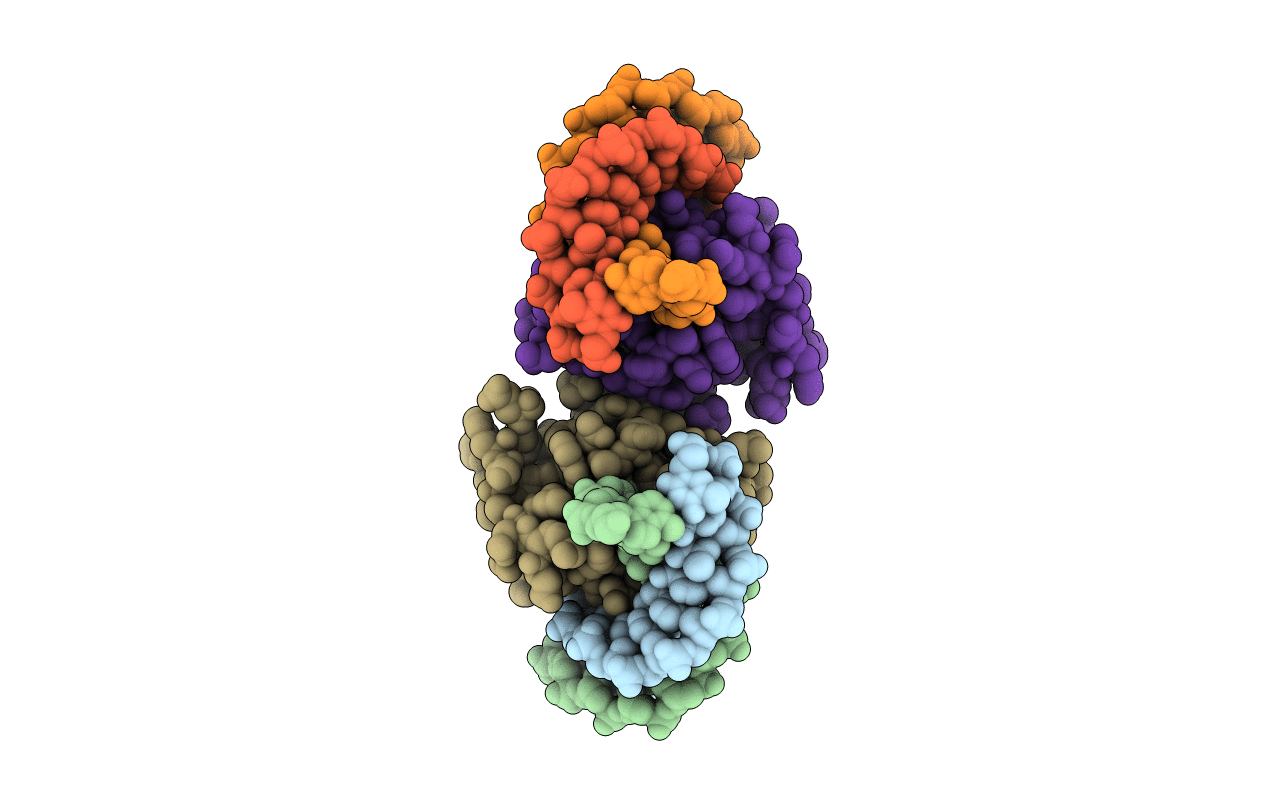
Deposition Date
2000-01-19
Release Date
2000-04-17
Last Version Date
2024-02-07
Entry Detail
PDB ID:
1DUX
Keywords:
Title:
ELK-1/DNA STRUCTURE REVEALS HOW RESIDUES DISTAL FROM DNA-BINDING SURFACE AFFECT DNA-RECOGNITION
Biological Source:
Source Organism:
Homo sapiens (Taxon ID: 9606)
Host Organism:
Method Details:
Experimental Method:
Resolution:
2.10 Å
R-Value Free:
0.23
R-Value Work:
0.20
Space Group:
P 1 21 1


